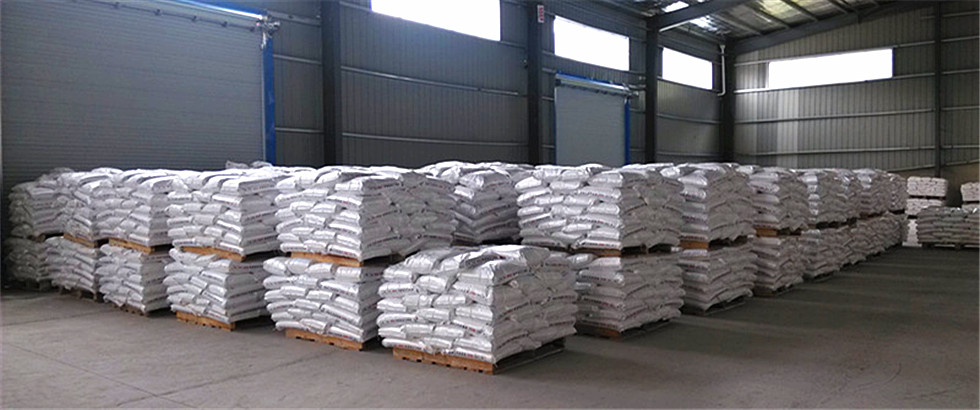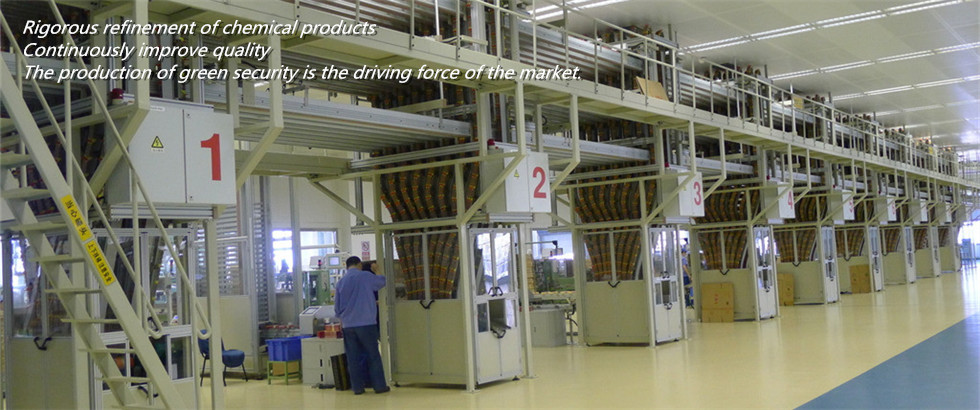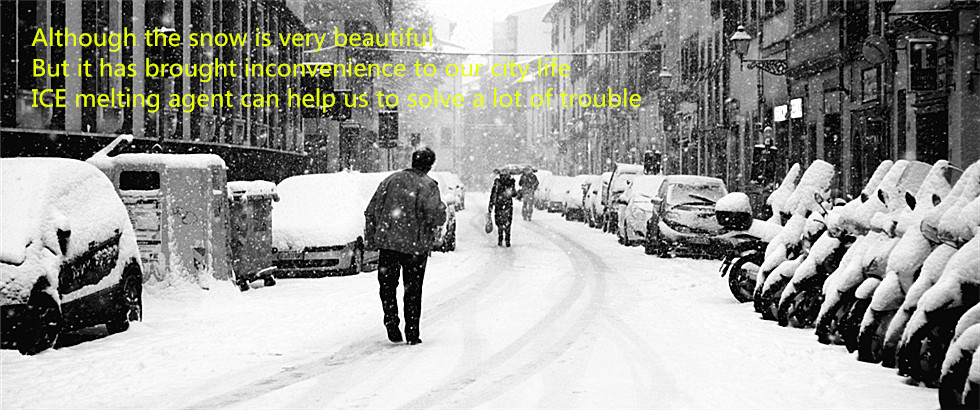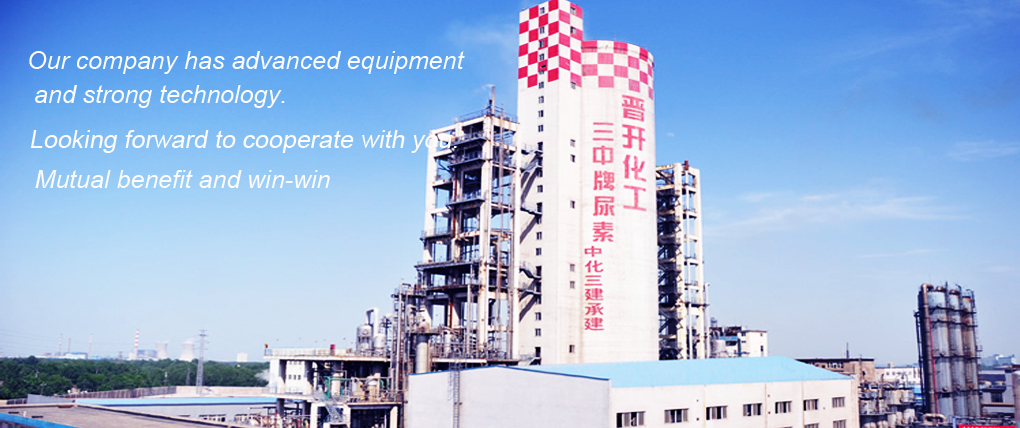
Product Center

Trades news

FAQ

Contact Us
| Tel: | 0086-0536-2110615 |
| Email: | Jack@qdtys.com |
| Adress: | No.5 zhongxue street, Weifang |

Tags

News
Urea is an inexpensive form of nitrogen fertilizer with an NPK (nitrogen-phosphorus-potassium) ratio of 46-0-0. Although urea is naturally produced in humans and animals, synthetic urea is manufactured with anhydrous ammonia. Although urea often offers gardeners the most nitrogen for the lowest price on the market, special steps must be taken when applying urea to the soil to prevent the loss of nitrogen through a chemical reaction.
Certain nitrogen-supplying urea fertilizers are more prone to lose nitrogen (N) into the atmosphere through ammonia volatilization than others. An AAES study examined the effect of different application methods and additives that may help make these fertilizers less volatile and found that these treatments had little effect on volatilization.
Surface-applied urea and urea-ammonium nitrate solutions (AN) tend to be more volatile than ammonium nitrate. Ammonia volatilization--the loss of free ammonia to the atmosphere--involves several steps. First, an enzyme (urease) present in soils and organic residue acts on urea and converts it to an unstable form. This unstable form can quickly change to ammonia and carbon dioxide. Under ideal conditions, the ammonia is converted to ammonium, ready for plant uptake. But, under less than ideal conditions, the ammonia can be lost to the atmosphere.




